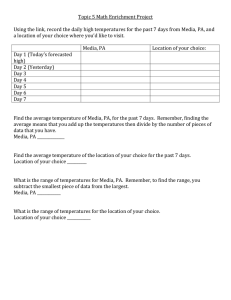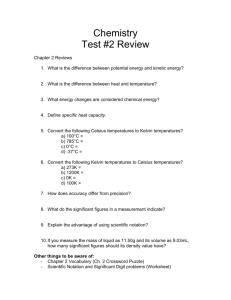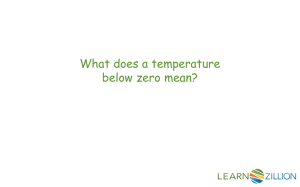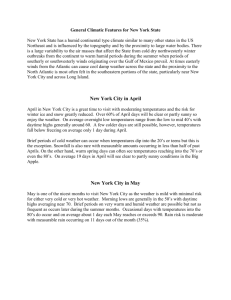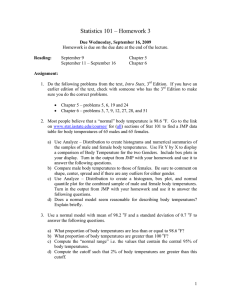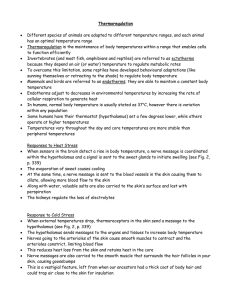Abstract THESIS: STUDENT: DEGREE:
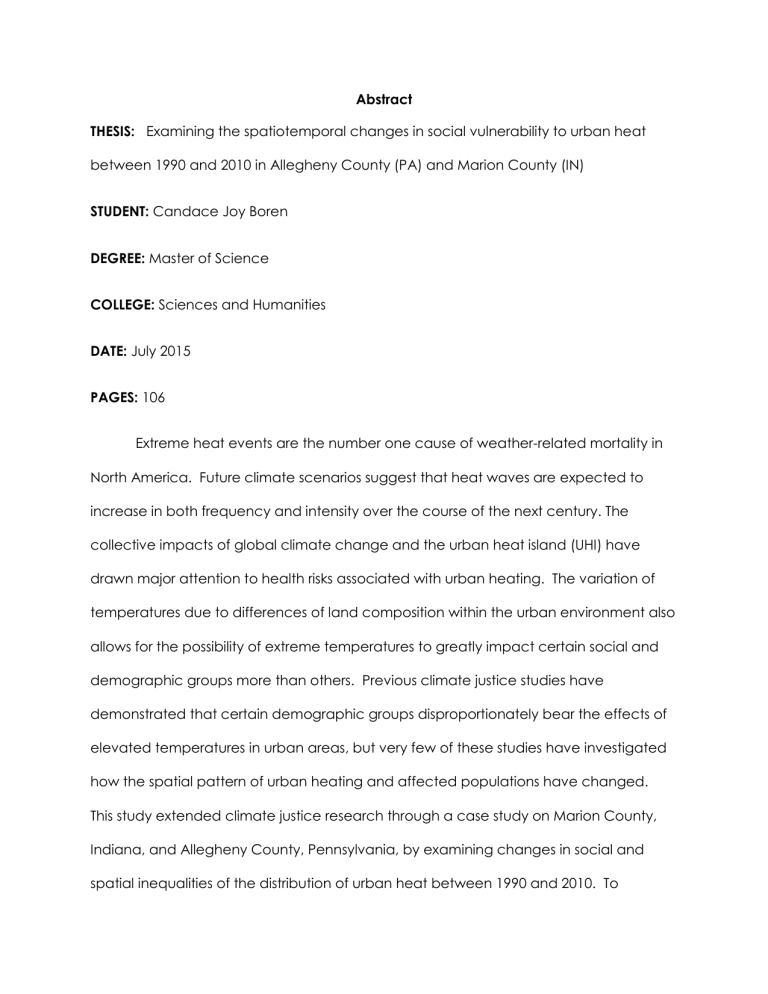
Abstract
THESIS: Examining the spatiotemporal changes in social vulnerability to urban heat between 1990 and 2010 in Allegheny County (PA) and Marion County (IN)
STUDENT: Candace Joy Boren
DEGREE: Master of Science
COLLEGE: Sciences and Humanities
DATE: July 2015
PAGES: 106
Extreme heat events are the number one cause of weather-related mortality in
North America. Future climate scenarios suggest that heat waves are expected to increase in both frequency and intensity over the course of the next century. The collective impacts of global climate change and the urban heat island (UHI) have drawn major attention to health risks associated with urban heating. The variation of temperatures due to differences of land composition within the urban environment also allows for the possibility of extreme temperatures to greatly impact certain social and demographic groups more than others. Previous climate justice studies have demonstrated that certain demographic groups disproportionately bear the effects of elevated temperatures in urban areas, but very few of these studies have investigated how the spatial pattern of urban heating and affected populations have changed.
This study extended climate justice research through a case study on Marion County,
Indiana, and Allegheny County, Pennsylvania, by examining changes in social and spatial inequalities of the distribution of urban heat between 1990 and 2010. To
examine these changes, this study employed United States Census Data as well as
Landsat TM and ETM+ imagery to determine heat-related vulnerability at an intra-urban level (census block group). The results of this study indicated that income and level of education were most highly associated with land surface temperatures, and that the populations most exposed to elevated urban temperatures change with time.
